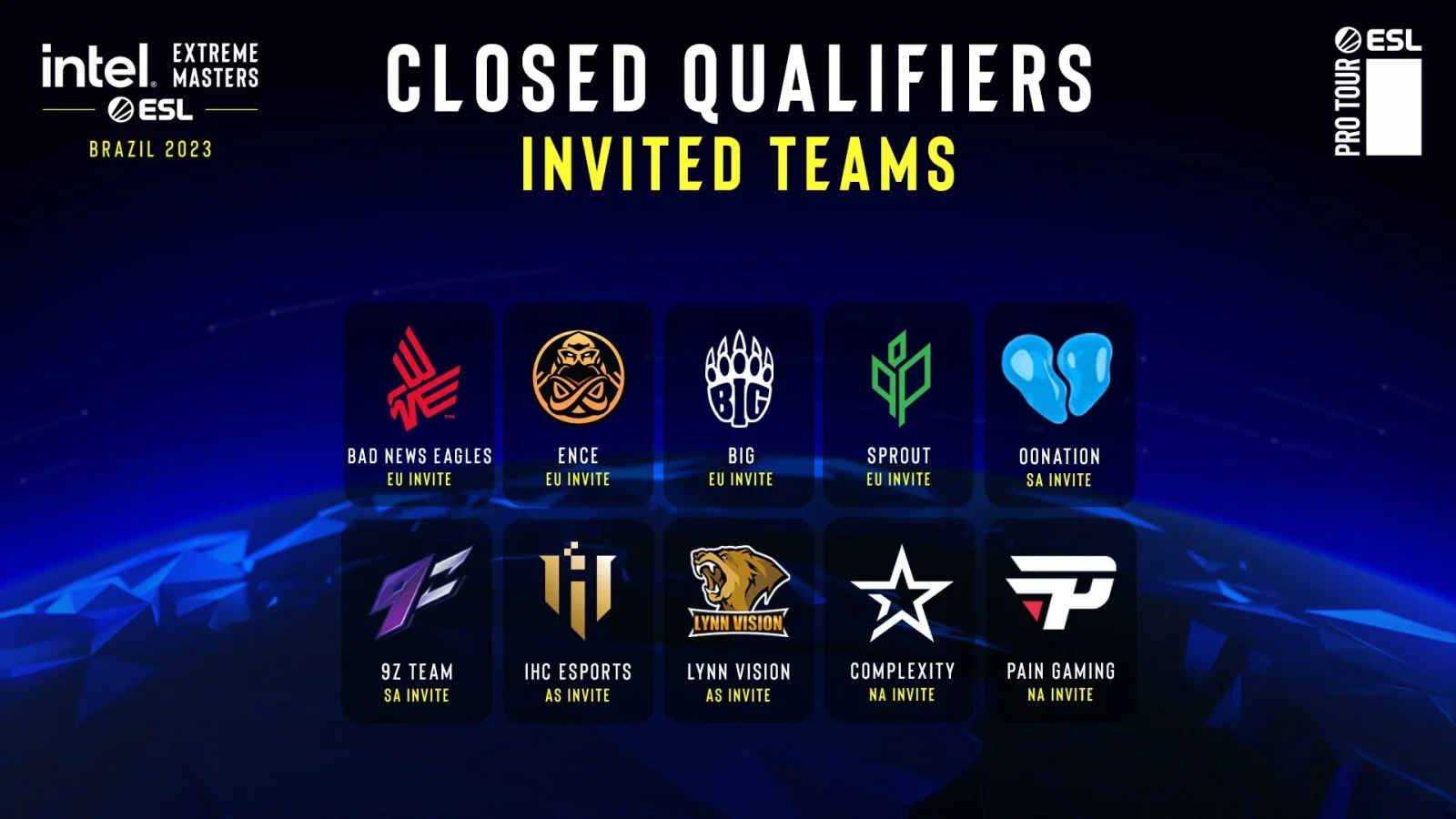The world of competitive gaming is constantly evolving and growing, and with that growth comes new challenges and obstacles to overcome. One of the biggest challenges that players and teams face today is the issue of technical problems during matches, particularly in large tournaments and events. This can include issues such as lag spikes, which can greatly impact the performance of players and even cause client crashes, leading to disappointment and frustration for everyone involved.
In the first two days of the European closed qualifier for IEM Brazil, a $250,000 CS:GO tournament, these technical issues caused a major disturbance in the competition. The stakes are high in events like these, with players and teams competing for valuable prizes and a chance to prove themselves on the world stage. When technical problems arise, it can completely derail their efforts and cause frustration and disappointment.
Lag spikes, in particular, are a major problem in competitive gaming. These spikes occur when there is a sudden drop in network performance, causing players’ games to slow down or even freeze. This can impact reaction times and decision making, leading to mistakes and decreased performance. In a fast-paced, high-pressure environment like a tournament, these mistakes can be the difference between winning and losing.
Another issue that can arise during matches is client crashes, which can happen for a variety of reasons. This can be due to hardware issues, software problems, or even issues with the game itself. Regardless of the cause, client crashes can be devastating for players and teams, as it means that they are unable to continue playing and must forfeit the match.
It’s important to note that these issues are not just limited to competitive gaming. They can occur in any online game, and can be frustrating for players of all levels. However, in competitive gaming, the stakes are higher and the consequences of technical problems are much greater.
So what can be done to address these issues and prevent them from happening in the future? There are several steps that can be taken, including investing in better hardware, improving internet connections, and working with game developers to resolve technical problems. Additionally, tournament organizers can also invest in backup systems and contingency plans to minimize the impact of technical problems on their events.
It’s important to remember that while these issues can be frustrating, they are not insurmountable. By working together and making the necessary investments and improvements, the competitive gaming community can overcome these challenges and continue to grow and evolve.
In conclusion, technical issues like lag spikes and client crashes can have a major impact on competitive gaming events like the European closed qualifier for IEM Brazil. However, by taking the necessary steps to address these issues and investing in improvements, the competitive gaming community can continue to thrive and provide exciting and entertaining experiences for players and fans alike.




